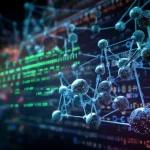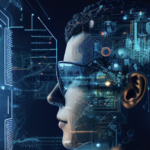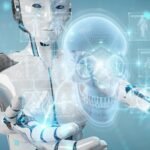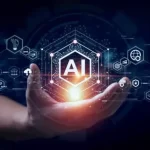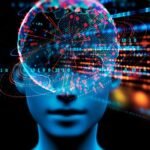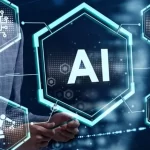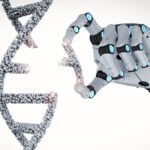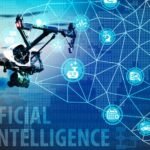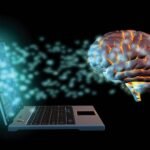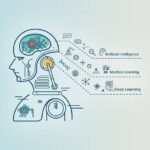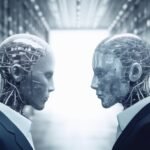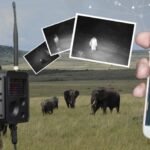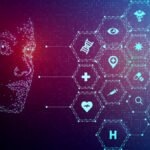The future of content writing in the face of AIs
/ /
The rapid advancement of artificial intelligence (AI) has sparked discussions about the future of content writing. As AI-powered tools continue to evolve, some have raised concerns about the potential impact on human writers. In this blog, we will explore the future of content writing in the face of AI advancements, analyzing the symbiotic relationship between AI and human writers, and highlighting the unique qualities that human writers bring to the table.
- Collaborative Coexistence: The future of content writing lies in the collaborative coexistence between AI and human writers. Rather than replacing human writers, AI serves as a powerful tool to augment their capabilities. AI can assist with tasks such as content generation, language translation, and proofreading, allowing human writers to focus on higher-level creativity, critical thinking, and crafting engaging narratives.
- Streamlining Efficiency: AI-powered tools significantly enhance efficiency in content writing. They automate repetitive tasks, provide research insights, and offer suggestions, saving valuable time and effort. By leveraging AI, human writers can streamline their workflow, meet deadlines, and produce content more efficiently. The partnership between AI and human writers leads to enhanced productivity and the ability to deliver high-quality content consistently.
- Unlocking Creativity: While AI excels at processing data and generating text, human writers possess a unique ability to bring creativity, emotion, and intuition to their work. They can create captivating narratives, connect with readers on a deeper level, and inject a human touch that AI lacks. Human writers possess the art of storytelling, enabling them to craft compelling content that resonates with audiences.
- Maintaining Authenticity: Authenticity is a crucial element in content writing. Human writers bring their individual perspectives, experiences, and voices to their work. This authenticity fosters a sense of trust and connection with readers. AI-generated content may lack the genuine human touch that readers often seek. Human writers play a vital role in maintaining authenticity, ensuring that content reflects their unique voices and values.
- Ethical Considerations and Responsibility: As AI writing tools advance, ethical considerations become paramount. Human writers have the responsibility to verify and validate AI-generated content, ensuring accuracy, relevance, and ethical standards. They can provide the necessary human oversight to prevent the propagation of biased or harmful information. Maintaining transparency and ethical practices is essential in navigating the future of content writing in the AI era.
- Continuous Adaptation and Learning: The future of content writing requires continuous adaptation and learning. Human writers need to embrace AI technologies, develop new skills, and stay updated with emerging trends. AI itself is constantly evolving, and being open to learning and leveraging new tools empowers human writers to remain competitive and thrive in the changing landscape of content creation.
Posted in Blogs





